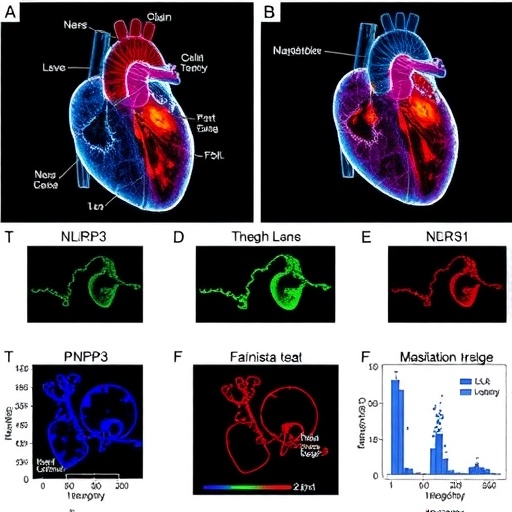New three-dimensional imaging of the human placenta has been developed to help understand the reasons for fetal growth restriction – a condition which affects thousands in the UK alone.

Credit: The University of Manchester
New three-dimensional imaging of the human placenta has been developed to help understand the reasons for fetal growth restriction – a condition which affects thousands in the UK alone.
Across all species of mammals, vital life-giving nutrients are transported around the body by complex networks of blood vessels. Despite the importance of these networks, there is still relatively little known about the physical factors which determine the transport of solutes such as oxygen to tissues and organs.
Now, new findings published today in Science Advances, detail three-dimensional imaging research by a group of scientists at The University of Manchester and St Mary’s Hospital. The research has opened up understanding about this vital life-sustaining process by mathematically modelling the human placenta.
The placenta is a life-support system for a growing fetus. The placenta contains numerous terminal villi, small structures containing disordered networks of fetal capillaries that are surrounded by maternal blood.
The placenta is unique in that it performs the diverse roles of several organs at once. In particular it allows the exchange of oxygen and vital nutrients between a mother and her developing fetus. However, the importance of the placenta in conditions such as fetal growth restriction, a condition which affects 35,000 pregnancies annually in the UK alone, remains poorly understood.
Now a specialist team of scientists made up of mathematicians, physicists, physiologists and clinical consultants, have used 3D imaging to help model some of the complex processes performed by the placenta.
Dr Igor Chernyavsky, MRC & Presidential Research Fellow and lead author said: “In our new study we show how the irregular three-dimensional structure of a terminal villus determines its capacity to exchange solutes such as oxygen between mother and fetus.
“Combining image analysis and computational fluid dynamics, we can now quantify mathematically the exchange capacity of individual terminal villi. We now anticipate that this advance will aid the development of larger-scale computational models of placental function. We hope that our new understanding of the role of placental geometry in fetal development will help clinicians address diseases where placental structure is compromised.”
###
Media Contact
Ben Robinson
[email protected]




